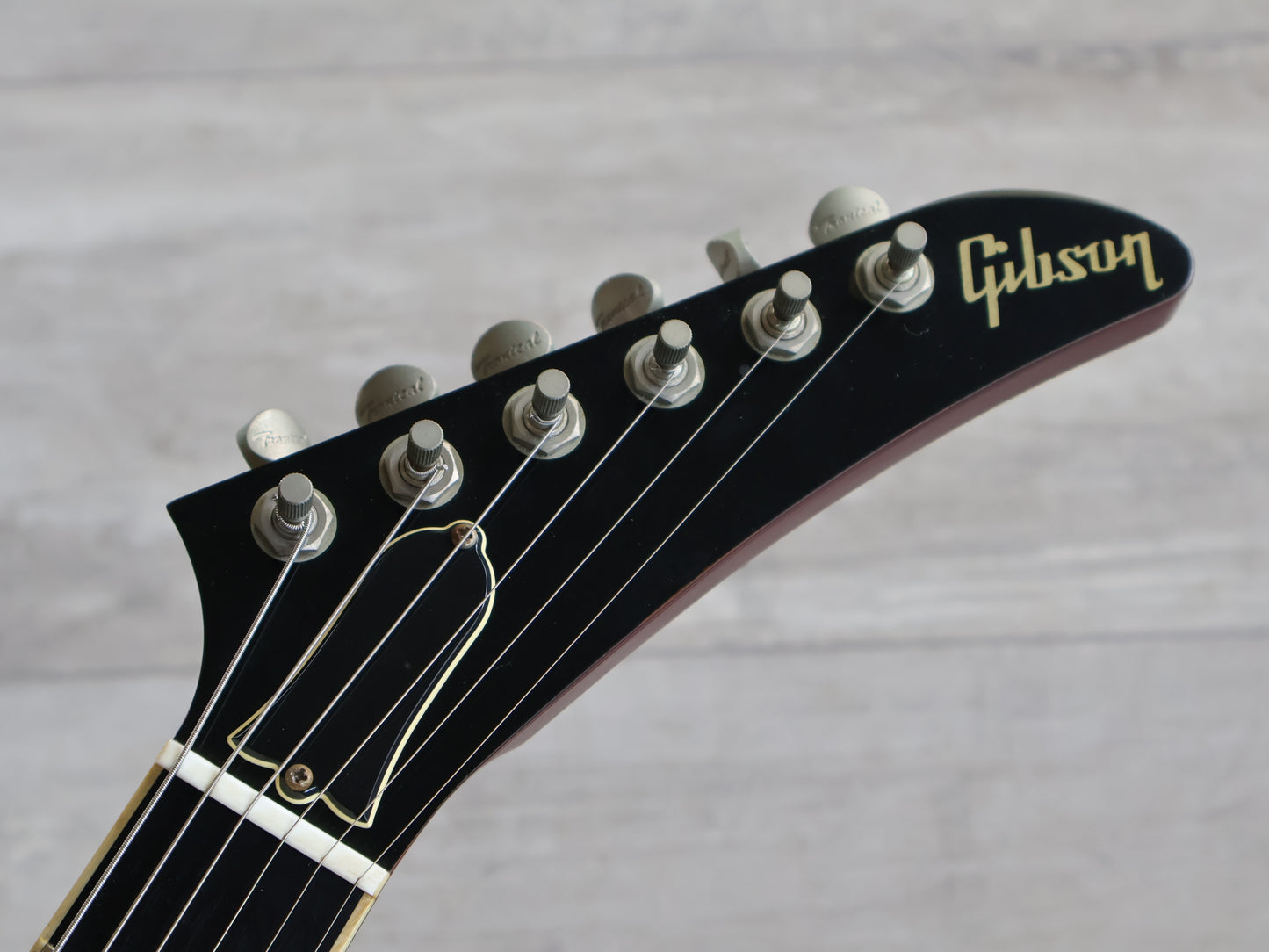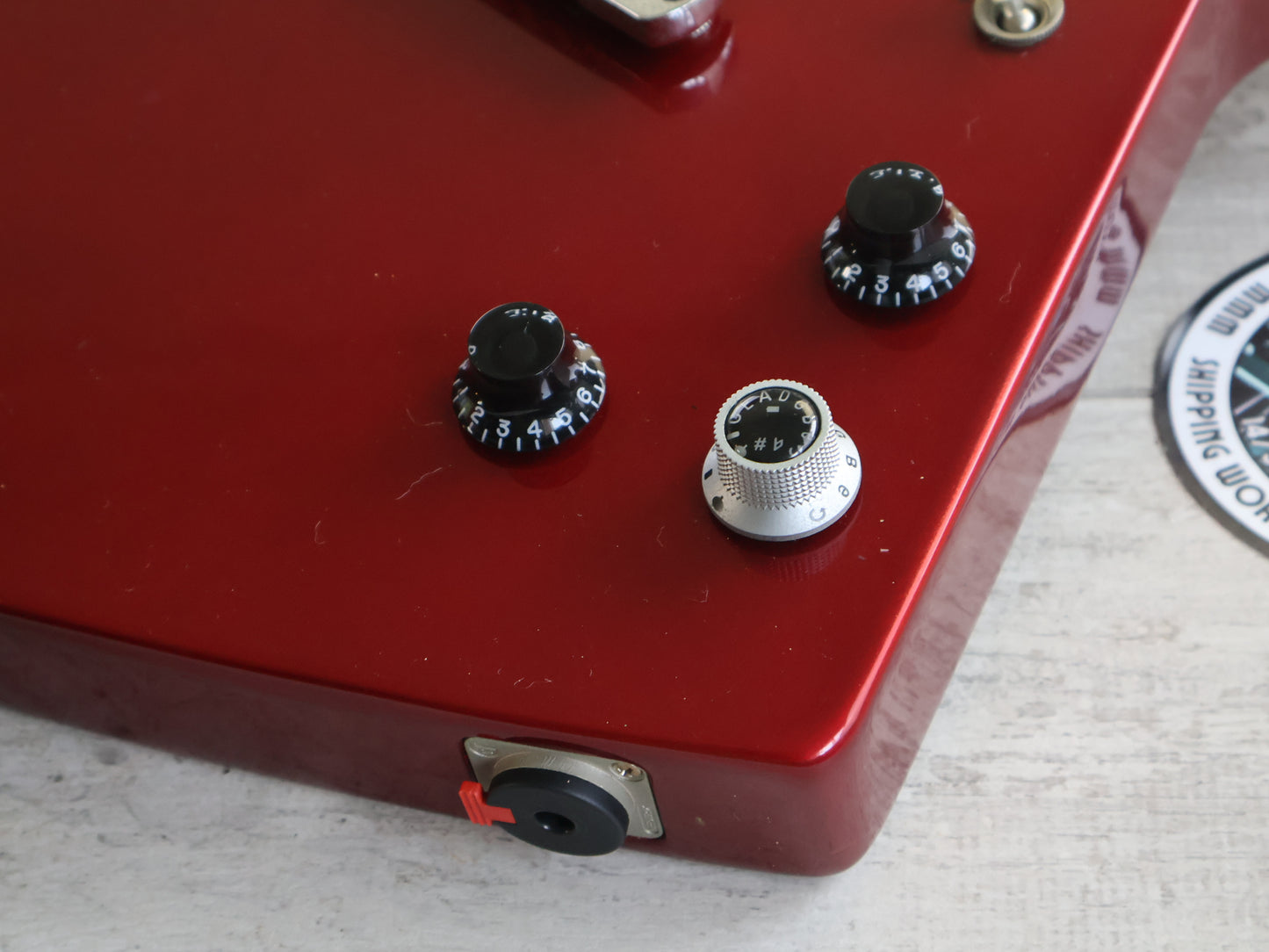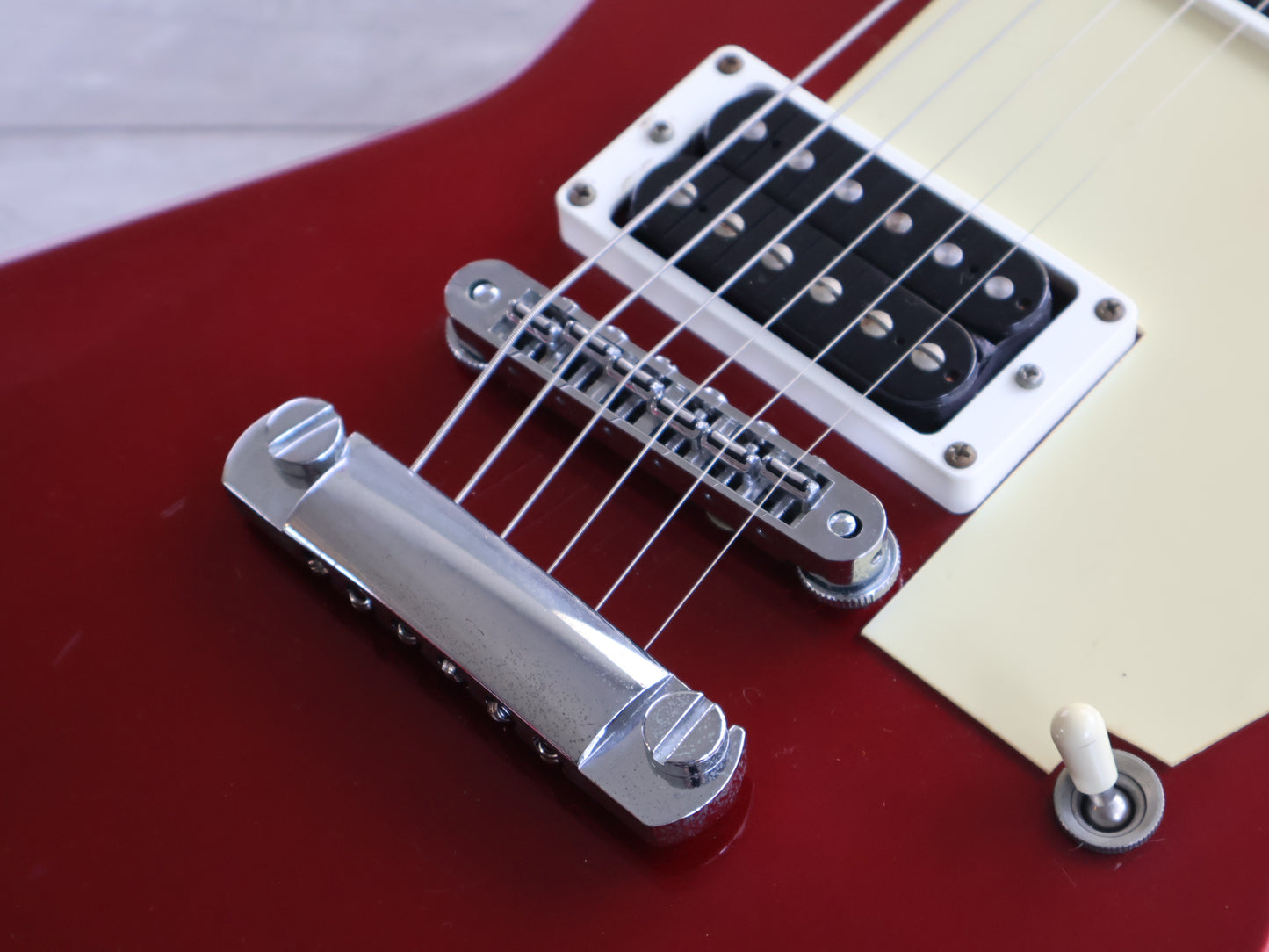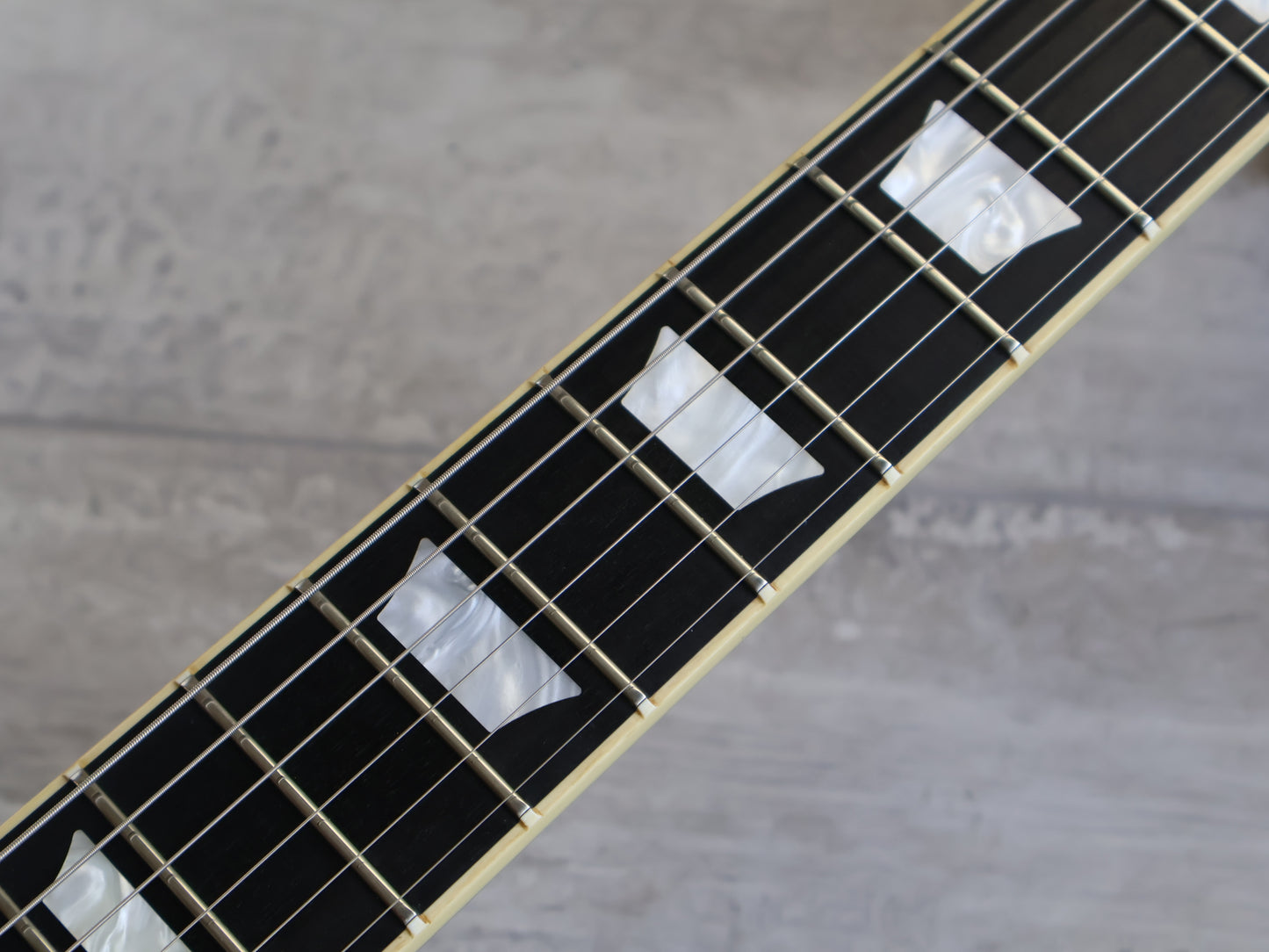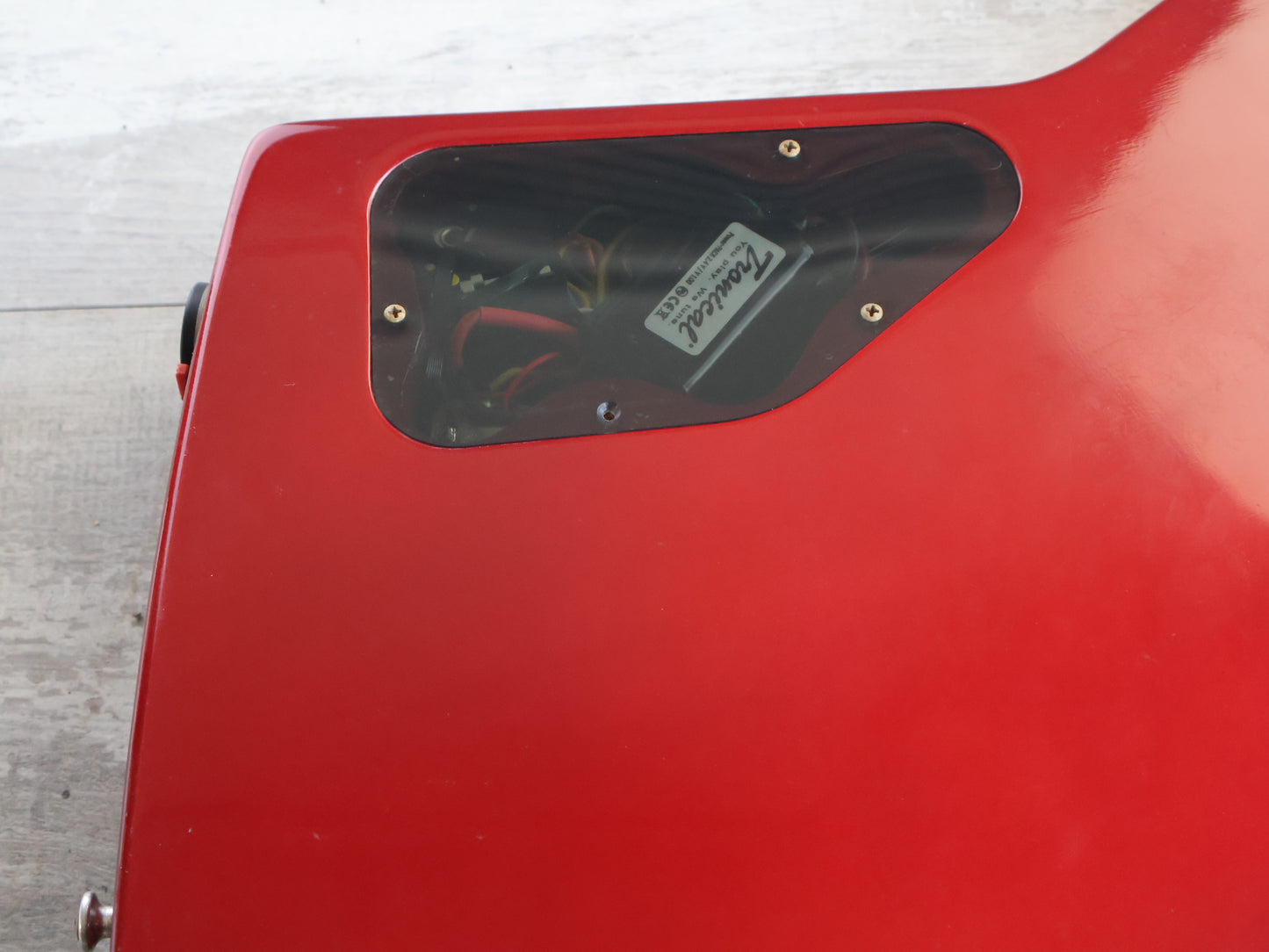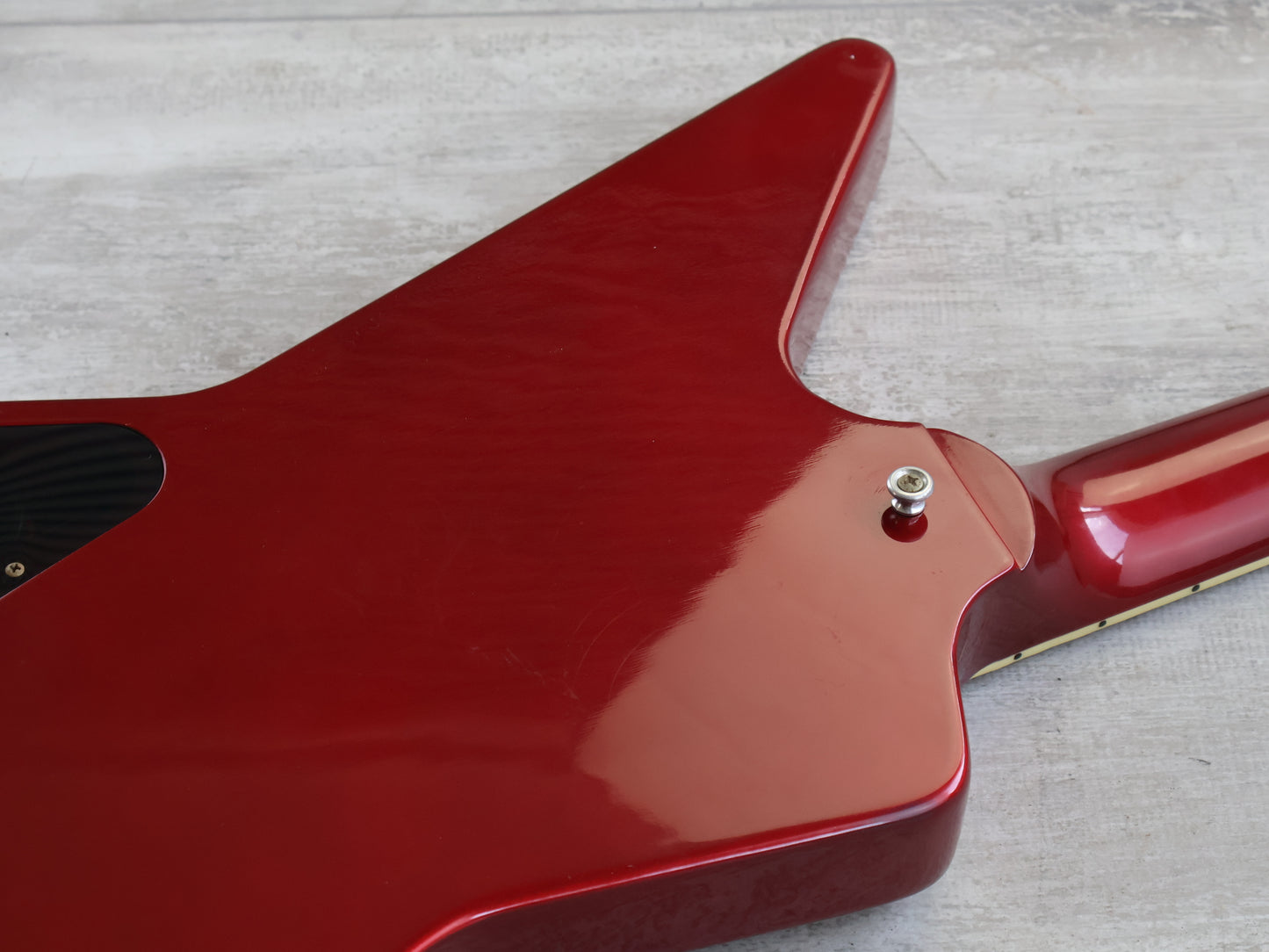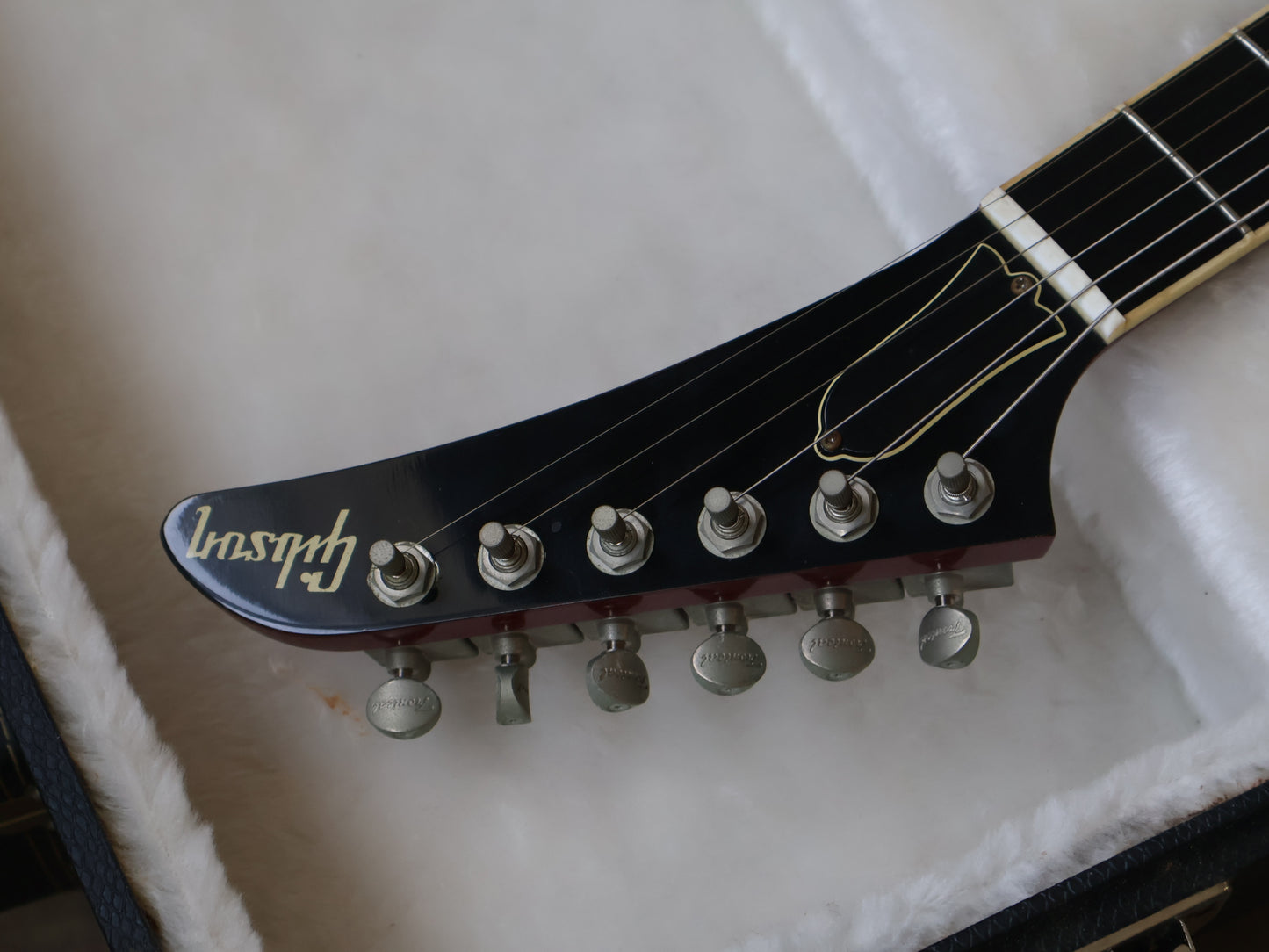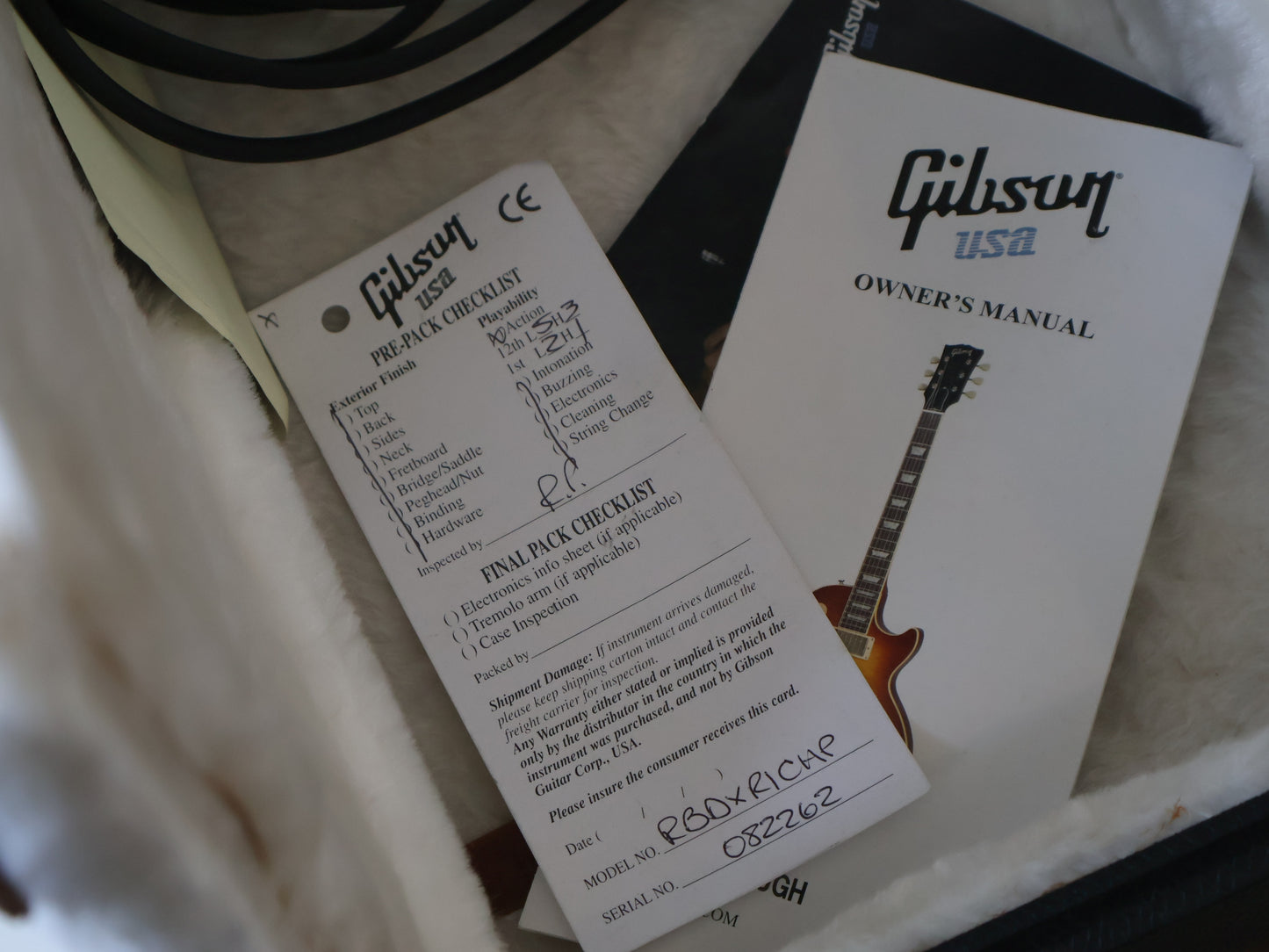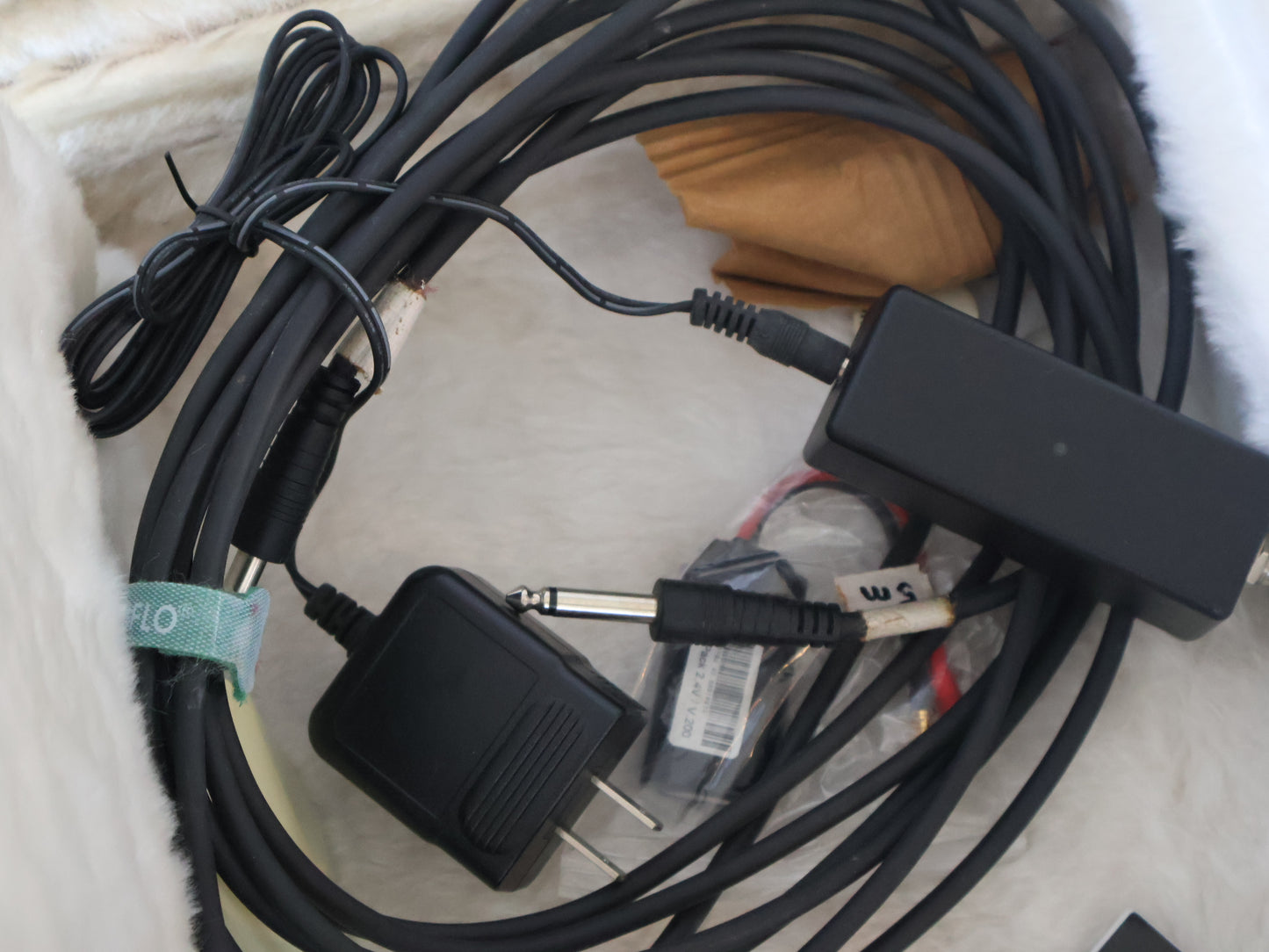2008 Gibson USA Limited Edition "Robot Explorer" (Metallic Red)
2008 Gibson USA Limited Edition "Robot Explorer" (Metallic Red)
Couldn't load pickup availability
One of the original limited edition "Robot X-Plorer" models made from 2008-2012, these are incredibly rare due to the fact that people HATED them when they were released. People are morons though as these are an unbelievably cool Explorer model. Very clean overall condition, includes the original paperwork and charger (Japanese) however the Tronical system is easily bypassed so you don't need to use it. Received a full professional setup and service prior to listing, weighs 4kg's.
-
Gibson's Robot Explorer represents the latest evolution of one of the world's most popular and well-respected instruments. While the Robot Explorer Special doesn't walk and talk or take on a humanoid form, it does perform a very important task - it tunes itself. This marvel of modern engineering that looks pretty much like any other Explorer (except for its very cool Red Metallic finish) will tune itself to standard tuning or alternate tunings, and is equipped to be a great aid in intonating the Robot Explorer Special, as well.
Controls
At the heart of Gibson's revolutionary Robot Explorer are its ground-breaking controls. At first glance, the control knobs seem to be indistinguishable from those on any other Explorer. But look again. While the knobs do provide the standard tone and volume controls for each of the two pickups, the Multi-Control Knob (MCK) - the one with the illuminated top - serves as the master control for all aspects of the Robot Explorer's amazing, self-tuning system. The MCK is what is commonly referred to as a "push-pull" knob. When in the normal position (down), it behaves as a regular volume or tone pot. When the MCK is pulled out, the Robot Explorer's radically new self-tuning system is activated and ready for use. It immediately places the Robot Explorer Limited in standard tuning mode (A440). A quick turn of the MCK presents six factory presets, all of which can be customized. At any time, you can also restore the tunings to the factory presets and start all over again. The LED display on top of the MCK also lets you know when a string is out of tune, or when all strings are in tune, and even when the tuners are turning to get them in tune. It even guides the setting of accurate intonation. At the end of the tuning process, the blue lights on top of the MCK flash. Push the MCK back in and it's ready to go. The only thing you have to do is play.
Powerhead Locking Tuners
Gibson's revolutionary Robot Explorer is unique in many ways, but the "robot-like" Powerhead Tuners that grace the headstock are extraordinary. Pull out the Robot Explorer's Multi-Control Knob (MCK) and watch the Powerhead Tuners spring into action. It takes only a few seconds for the Powerhead Tuners to tune the Robot Explorer to the desired tuning. Each tuning peg is equipped with a tiny, but powerful, servo motor that kick into action once the system is activated. The Powerhead Tuners rely on the strings themselves to send the signals, eliminating any potential for interference. Made of lightweight metal with a satin nickel finish, the Powerhead Tuners weigh only 4.5 grams each. A standard Gotoh tuner weighs in at 49 grams. That means a set of Powerhead Tuners weigh a full 15 grams less than a set of Gotoh tuners, which is another indicator of the Robot Explorer's true innovation.
Tone-Control Bridge and Tailpiece
The revolutionary Robot Explorer sports a new and unique, highly specialized Tune Control Bridge which acts as one of the main components of the self-tuning robotic system. The new Tune-Control Bridge is a modified Tune-omatic that measures the individual tuning of each string via special saddles. The signal from each string is then transmitted to the control CPU in the control panel, which then transfers the signal to the Neck CPU and the Powerhead Locking Tuners, which, in turn, tune the strings. At first glance, the tailpiece on Gibson's ground-breaking Robot Explorer looks like a normal tailpiece. But look a little closer and you'll see that is is far from ordinary. Gibson's new Data Transmitting Tailpiece is a hub of activity. First, each string is separated by ceramic insulators that isolate each individual string signal and avoids confusion as to which string is being processed and tuned. There are also special isolating inserts that keep the ball ends commonly found on electric guitar strings from making contact and disrupting signal flow. Underneath the tailpiece is a tiny circuit board that processes each individual signal to the ribbon cable, which is then transmitted to the on-board CPUs. Both pieces work with each other to help balance all the information being transmitted between the various points, and makes sure every string is in tune.
Neutrik Jack
Neutrik has been making superior electronic interconnection products since 1975, making them the logical choice to supply the performance safeguarding jack in Gibson's revolutionary Robot Explorer Special Limited. Like many Neutrik products, the jack in the Robot Explorer Special Limited is manufactured from strong, high-grade thermoplastics and housed in a rugged die-cast nickel shell. A retention spring inside the jack ensures optimum grip on any guitar cable, thus avoiding the chance of lost connection.
Solid Mahogany Body
The Robot Explorer's body delivers the Explorer's legendary thick, warm tone and singing sustain. The mahogany is personally inspected and qualified by Gibson's team of skilled wood experts. Once inside the Gibson factories - where humidity is maintained at 45 percent, and the temperature at 70 degrees - all woods are dried to a level of "equilibrium" by ensuring the moisture content does not change during the manufacturing process. This guarantees tight-fitting joints and no expansion, and helps control the shrinkage and warping of the woods, in addition to helping reduce the weight. It also helps with improving the woods' machinability and finishing properties, and adherence to glue. Consistent moisture content means that a Gibson guitar will respond evenly to temperature and humidity changes long after it leaves the factory.

